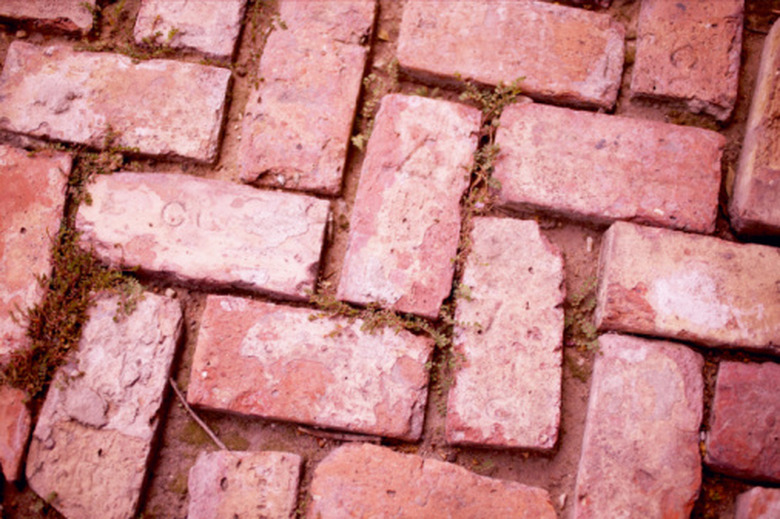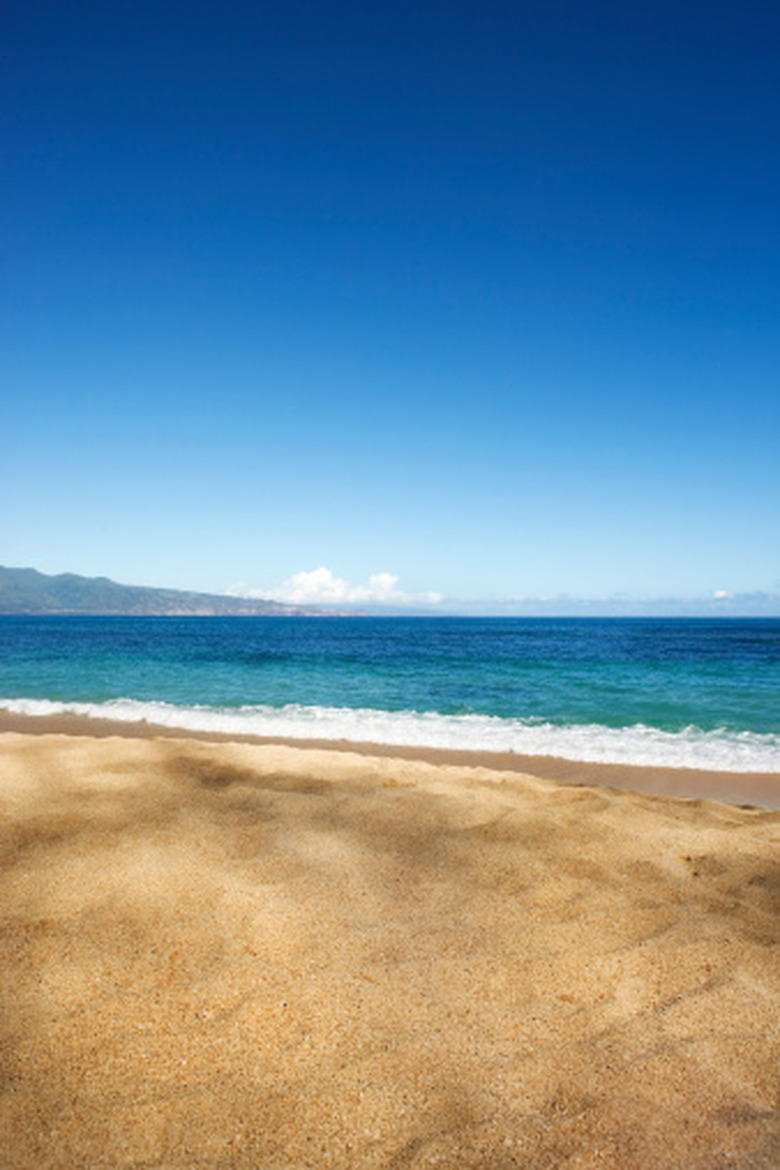Ingredients In Jointing Sand
Jointing sand is the material that is placed between bricks and stone pavers. The primary purpose of jointing sand is to improve the 'interlock' between the 'joints' where each edge meets the edge of another brick or paver. The jointing sand prevents rain and moisture from penetrating the cracks between pieces of brick and causing the soil underneath from washing away causing a shift in position of the bricks. Ant and weed intrusions are also prevented.
Primary Ingredient
Primary Ingredient
Sand, or silica, makes up 80 percent to 95 percent of the mixture and is the primary ingredient in jointing sand. It is often called polymeric sand because of the chemical binder that is put into the mixture. The sand that is used is the same sand used in bags of play sand for filling a child's sand box and in blending with other ingredients to make cement or concrete mixtures.
Chemical Binder
Chemical Binder
Some mixtures of jointing sand use an organic water-activated chemical binder. Others use a man-made binder. The binder combines with the water and acts as a sealant to further increase the effectiveness of the jointing sand as a barrier to moisture, weeds and ants. One brand of man-made binder is called sandlock, which though is man made is not toxic; it is a blend of organic materials to provide optimum protection against wear.
Portland Cement
Portland Cement
Portland Cement is sometimes used as a filler or chemical binder in jointing sand; it is one of the man-made chemical compounds that can be considered toxic if too much is breathed over a period of time.
Quartz and Crystaline Silica
Quartz and Crystaline Silica
The amount of quartz silica to sand depends on the brand of jointing sand chosen. Quartz is a natural part of some silica sand as is crystaline silica. These particles are the 'shiny' granules you will find in the sand. Quartz is one of the hardest materials on earth and once bound using the water activated compounds, the quartz helps add strength to the jointing sand to help prevent cracks and separation of the bricks or pavers, which allow weeds, water and ants to weaken the connection and cause loose pieces.
Cite This Article
MLA
Roberts, David. "Ingredients In Jointing Sand" sciencing.com, https://www.sciencing.com/ingredients-jointing-sand-8396657/. 24 April 2017.
APA
Roberts, David. (2017, April 24). Ingredients In Jointing Sand. sciencing.com. Retrieved from https://www.sciencing.com/ingredients-jointing-sand-8396657/
Chicago
Roberts, David. Ingredients In Jointing Sand last modified March 24, 2022. https://www.sciencing.com/ingredients-jointing-sand-8396657/

